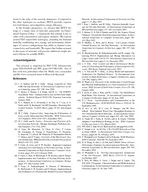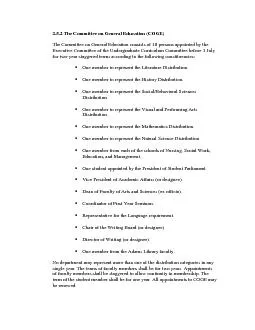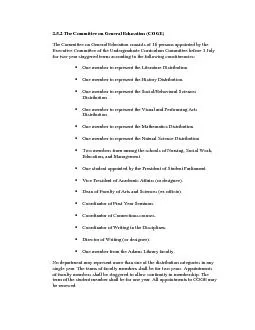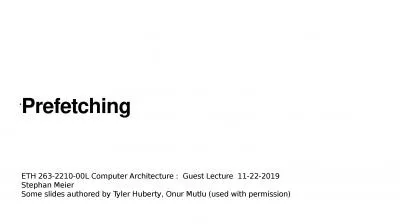PPT-Committee Prof. Onur Mutlu (Chair)
Author : giovanna-bartolotta | Published Date : 2019-11-19
Committee Prof Onur Mutlu Chair Prof Greg Ganger Prof James Hoe Dr Kaushik Veeraraghavan Facebook Inc Large Scale Studies of Memory Storage and Network Failures
Presentation Embed Code
Download Presentation
Download Presentation The PPT/PDF document "Committee Prof. Onur Mutlu (Chair)" is the property of its rightful owner. Permission is granted to download and print the materials on this website for personal, non-commercial use only, and to display it on your personal computer provided you do not modify the materials and that you retain all copyright notices contained in the materials. By downloading content from our website, you accept the terms of this agreement.
Committee Prof. Onur Mutlu (Chair): Transcript
Download Rules Of Document
"Committee Prof. Onur Mutlu (Chair)"The content belongs to its owner. You may download and print it for personal use, without modification, and keep all copyright notices. By downloading, you agree to these terms.
Related Documents














